Market Share
Introduction: Navigating the Competitive Landscape of Traffic Sensor Innovation
Competition is gaining ground in the traffic-light market, a result of the rapid uptake of new technology, the changing regulatory framework and increasing demand for safer and more intelligent transport systems. The major players, including manufacturers, IT companies, infrastructure operators and a number of small AI companies, are now vying for leadership by bringing to bear their superior capabilities in the areas of machine learning, IoT and automation. The manufacturers are focused on enhancing the accuracy and reliability of their sensors, while the IT service companies are focused on seamless data interoperability. The small AI companies are meanwhile disrupting the established order by deploying their cutting-edge solutions, which utilise real-time data for predictive analytics. Meanwhile, as the trend towards greater resource efficiency takes hold, the greening of the built environment is also reshaping the strategies of the market players. In the regional context, the most promising growth opportunities are in North America and Asia-Pacific, where strategic deployments of intelligent traffic-light systems are set to transform urban mobility. The interplay of these trends will be crucial for the companies that want to remain competitive in the evolving market for traffic-light technology.
Competitive Positioning
Full-Suite Integrators
These vendors provide comprehensive solutions that integrate various traffic management technologies.
| Vendor | Competitive Edge | Solution Focus | Regional Focus |
|---|---|---|---|
| Siemens AG | Global leader in smart infrastructure | Traffic management systems | Global |
| Kapsch Traffic Com AG | Expertise in intelligent transportation systems | Traffic management and tolling solutions | Europe, North America |
Specialized Technology Vendors
These companies focus on specific technologies or innovations within the traffic sensor market.
| Vendor | Competitive Edge | Solution Focus | Regional Focus |
|---|---|---|---|
| Leddar Tech Inc. | Advanced LiDAR technology | Sensor technology for traffic applications | North America, Europe |
| SICK AG | Innovative sensor solutions | Traffic and vehicle detection sensors | Global |
| FLIR Systems Inc. | Thermal imaging expertise | Traffic monitoring and surveillance | Global |
Infrastructure & Equipment Providers
These vendors supply the physical infrastructure and equipment necessary for traffic monitoring.
| Vendor | Competitive Edge | Solution Focus | Regional Focus |
|---|---|---|---|
| TE Connectivity Ltd. | Robust connectivity solutions | Traffic sensor connectivity and components | Global |
| Kistler Group | Precision measurement technology | Traffic flow measurement systems | Global |
| SWARCO AG | Comprehensive traffic management solutions | Traffic signal and management systems | Europe, North America |
| International Road Dynamics Inc | Expertise in road traffic technology | Traffic data collection and analysis | North America, Asia |
| Raytheon Company | Advanced defense technology applications | Traffic monitoring and control systems | Global |
| Sensys Networks Inc. | Real-time traffic data solutions | Wireless traffic sensor networks | North America |
| Axis Communication AB | Leading IP video solutions | Traffic surveillance and monitoring | Global |
Emerging Players & Regional Champions
- SmartTraffic Solutions (USA): Specializes in AI-driven traffic management systems, recently implemented a smart sensor network in San Francisco, challenging established vendors by offering more adaptive and real-time solutions.
- TrafficSense Technologies (Germany): Focuses on advanced vehicle detection sensors and analytics, secured a contract with the city of Berlin for smart traffic lights, complementing traditional systems with enhanced data analytics capabilities.
- EcoTraffic, a new Australian company, has invented a traffic light which monitors the emissions of the vehicles as well as the traffic flow. It has a contract with the Queensland government and has positioned itself as a sustainable alternative to conventional sensors.
- InnoTraffic (India): Develops low-cost, IoT-enabled traffic sensors for urban areas, recently deployed in several Indian cities, challenging established players by providing affordable solutions tailored for developing markets.
Regional Trends: North America and Europe will see an increase in the use of AI and IoT technology in traffic-control systems, driven by the need for smart city solutions and the growing urbanization. Asia-Pacific is witnessing a rise in the use of cheap sensors, as a result of the rapid urbanization. In addition, there is an increased focus on the environment, which is driving the development of eco-friendly solutions in Europe and Australia.
Collaborations & M&A Movements
- Siemens Mobility and Cisco entered into a partnership to integrate IoT technology into traffic sensor systems, aiming to enhance smart city infrastructure and improve traffic management efficiency.
- Hexagon AB acquired the traffic analytics firm, TrafficCast, in early 2024 to bolster its data-driven solutions for urban mobility and strengthen its competitive positioning in the smart transportation sector.
- Cubic Corporation and INRIX collaborated to develop advanced traffic sensor solutions that leverage real-time data analytics, enhancing their market share in the growing demand for intelligent transportation systems.
Competitive Summary Table
| Capability | Leading Players | Remarks |
|---|---|---|
| Real-Time Traffic Monitoring | Siemens, Kapsch TrafficCom | In a smart city, a system of sensors is available that can collect data and transmit them to a central data analysis system. This system can optimize the flow of traffic in real time. Kapsch has already successfully implemented this in urban areas. |
| Data Analytics and Reporting | IBM, Cisco | Using the IoT platform from IBM, cities can predict congestion and manage it better. Cisco's connected traffic solutions use the knowledge of its network to make the most of traffic data. |
| Integration with Smart City Solutions | Honeywell, Schneider Electric | Honeywell's traffic management systems are able to operate in harmony with other smart city applications and to enhance urban mobility. Schneider Electric's EcoStruxure platform ensures that all systems are compatible and that cities can benefit from a wide range of smart solutions. |
| Sustainability Initiatives | Verra Mobility, Cubic Corporation | Verra Mobility focuses on eco-friendly traffic solutions that reduce emissions through efficient traffic management. Cubic Corporation has developed systems that promote public transport usage, contributing to lower carbon footprints in urban areas. |
| User Experience Enhancement | Waze (Google), TomTom | Waze utilizes crowd-sourced data to provide real-time navigation updates, significantly improving user experience. TomTom's traffic information services enhance route planning for drivers, making travel more efficient and user-friendly. |
Conclusion: Navigating the Traffic Sensor Landscape
The market for traffic sensors in 2024 will be highly competitive and highly fragmented, with both established and new players competing for market share. Region-wise, smart city initiatives are gaining momentum, especially in North America and Europe, where the regulatory environment is favourable to innovation. Strategically, vendors need to focus on the development of advanced capabilities such as data analytics based on artificial intelligence, automation for operational efficiency and the implementation of sustainable practices to meet evolving consumer expectations. Product offerings will need to be flexible to accommodate changing customer needs. As the landscape evolves, the most capable vendors will emerge as leaders, while those that fail to adapt may be unable to remain relevant.
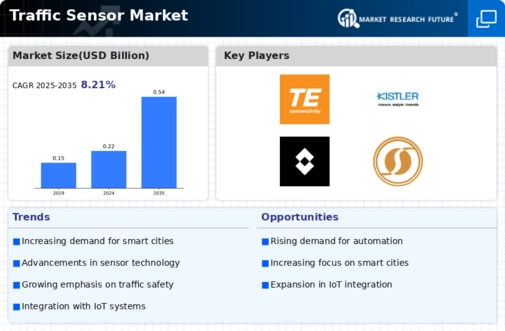
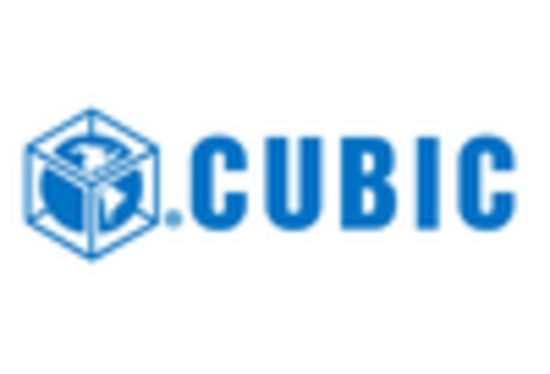
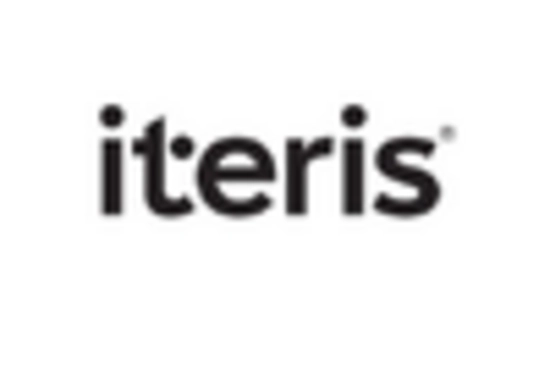
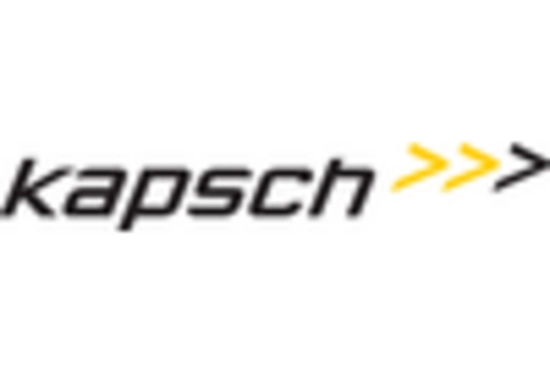
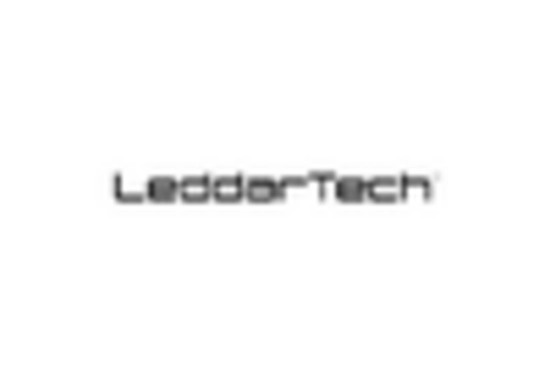

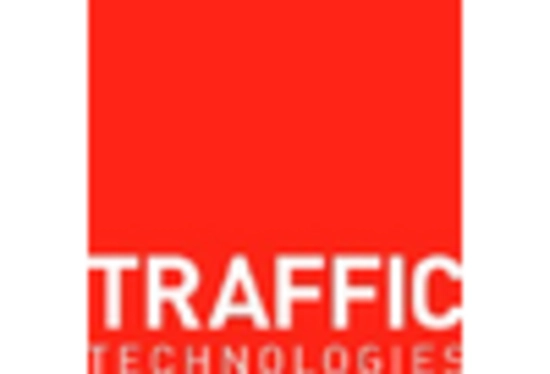









Leave a Comment